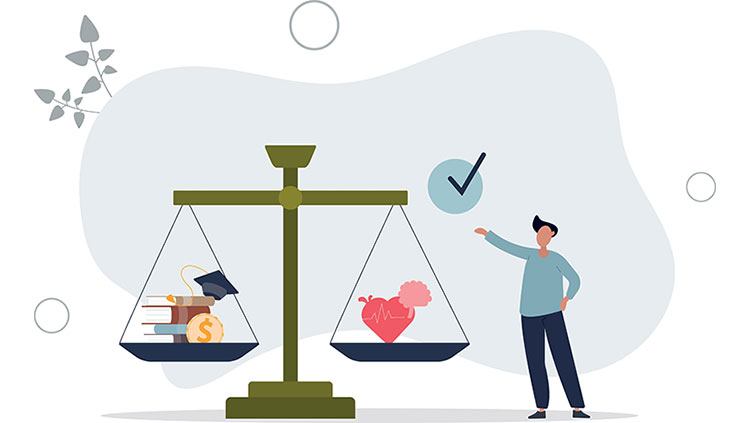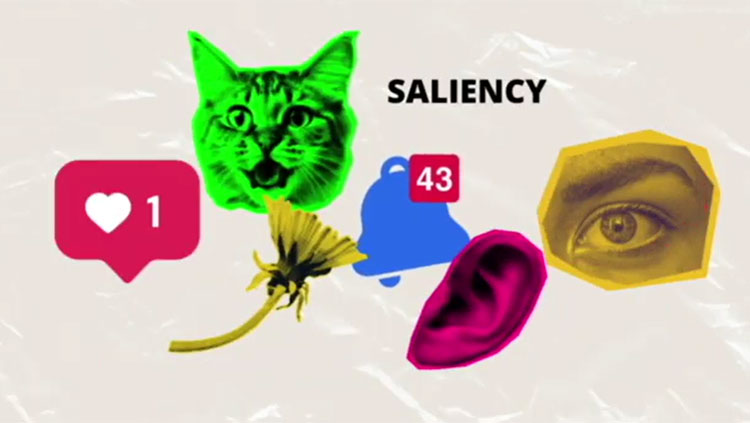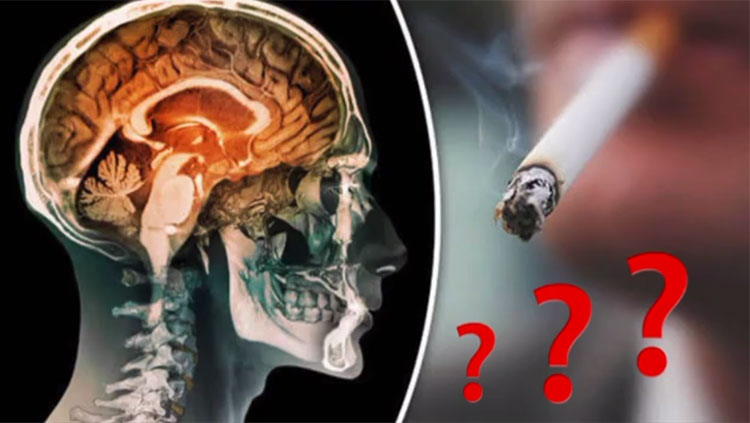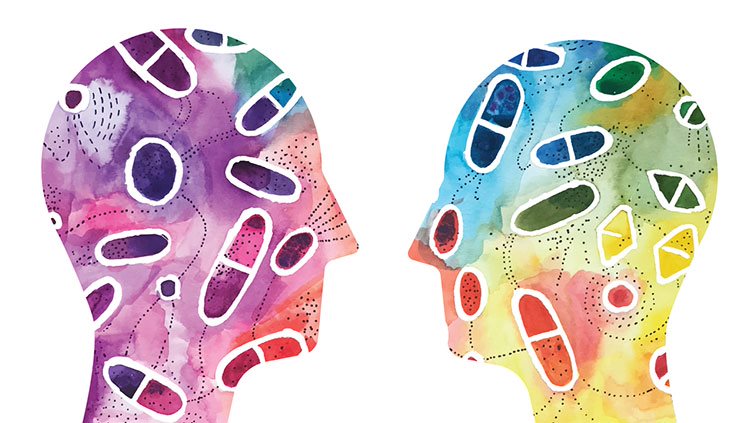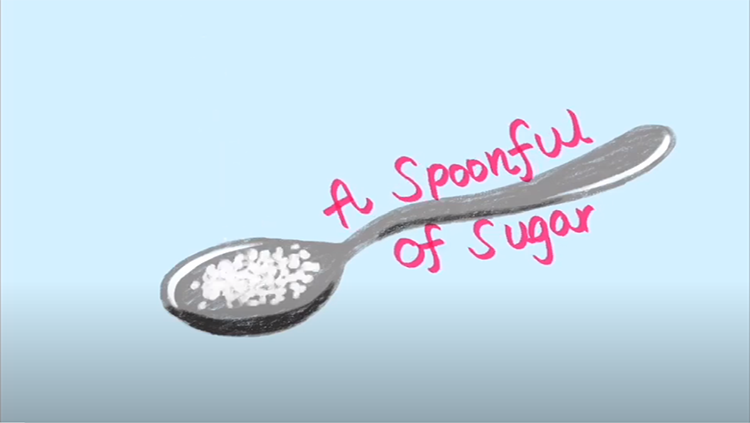Opiates: The Poppy Flower's Secret
- Published16 Sep 2020
- Author Calli McMurray
- Source BrainFacts/SfN
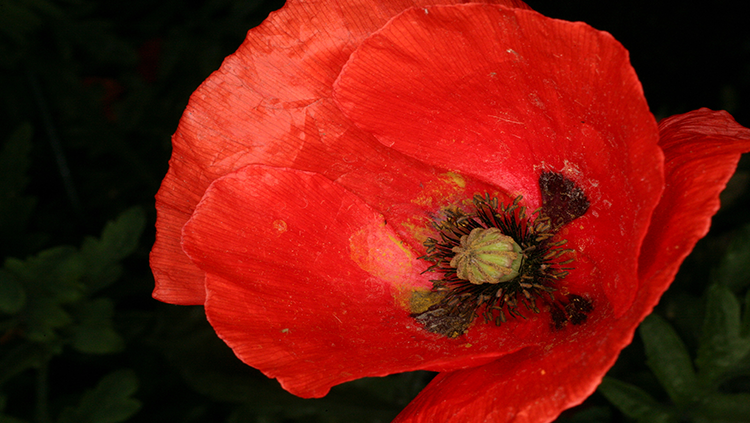
Long before the Wicked Witch of the West used poppy fields to put Dorothy and her friends to sleep in The Wizard of Oz, people have extracted opium from poppy seeds for both pleasure and pain relief. Purifying opium generates morphine, a potent painkiller, which can be chemically modified to create heroin, a deadly drug of abuse. In the early 1970s, scientists discovered how opiate drugs work: they bind to the brain’s opioid receptors — part of a network that weighs the rewards and consequences of an action. The pituitary gland makes its own opiates, called endorphins (from “endogenous morphine”). When endorphins bind to opioid receptors, they regulate pain and induce pleasure, like the blissful “runner’s high.”
Opioid receptors come in three varieties:
- Mu: Activating mu-opioid receptors relieves pain and creates feelings of euphoria. The receptors adapt to prolonged activation, leading to drug tolerance and dependence — one of the risks of opiate painkillers.
- Kappa: Activating kappa-opioid receptors creates feelings of “anti-reward,” which help us avoid harmful things, but also facilitates the bad feelings of drug withdrawal. They also cause some of the negative effects of drugs like hallucinations, psychosis, and agitation. Working together, mu- and kappa-opioid receptors balance mood and motivation but can be hijacked by drugs and drive the progression of addiction.
- Delta: Scientists know the least about delta-opioid receptors, but they seem to play a role in learning and memory and chronic pain. Activating them can relieve anxiety and depression symptoms.
Researchers hope to develop a receptor-selective drug that can relieve pain without causing addiction. Other types of selective drugs could be used to treat individuals already addicted to opioids, blocking withdrawal symptoms without creating feelings of reward. One such drug, naltrexone, blocks mu-opioid receptors and is currently used to treat alcohol abuse.
CONTENT PROVIDED BY
BrainFacts/SfN
References
Darcq, E., & Kieffer, B. L. (2018). Opioid receptors: Drivers to addiction? Nature Reviews Neuroscience, 19(8), 499–514. doi: 10.1038/s41583-018-0028-x
Also In Addiction
Trending
Popular articles on BrainFacts.org



